- Local time
- 7:29 AM
- Joined
- Jul 9, 2019
- Messages
- 11,622
- Reaction score
- 30,597
- Location
- Modesto California
Yeap, and .131 is allmost 3.5 mm. But I know somebody already made this job and got the terminals for it
A little less
Yeap, and .131 is allmost 3.5 mm. But I know somebody already made this job and got the terminals for it
I have calipers and a micrometer. When I remove that 8 pin molex connector from the car I will measure those connectors and tell you exactly what diameter they are..Well I'm telling not sure, but .131 sure sounds huge for me.
the current rating for those R/C connectors is 65 Amps continuous. The current rating on the Molex connectors Nacho linked to is only 17 Amps.
65 Amp connectors should even handle Triple Black 73 "Anti-Ammeter" guy's 250 Amp alternator and his Mad Max Fury Road Stereo system!
Never heard of these and know nothing about them, but they look like they would do the job.Anderson Power Poles, 45 amp rating, if you replace the Molex connectors with new ones, they will fail again.
View attachment 996565
I've never installed a relay in my life.. I read about using them for headlights about a month or two ago, but don't know anything about how to actually install them.And get the power windows off the ACC tap at the fuse box, that added load is routed through the ign switch/connectors as diagramed, install a relay.
Yes, PP15/45 series pictured. They are crimped, no genders, same connectors used for each side. three different connector sizes for various wire sizes in that series. Yes, the housings can be interlocked.Never heard of these and know nothing about them, but they look like they would do the job.
https://www.andersonpower.com/us/en/resources/PowerPoleResourcesPage.html
I'm going to guess that the ones shown in your photo are PP15/45 Standard Housings? I see Tin and Silver plated power contacts. Male and female housings. Male and female contacts. Yours look like they interlock. Hopefully these things can be obtained from one of my local electronics stores.
I'll have to watch some videos on how to use these things. Did you solder your wires to the contacts, or clamp them on?
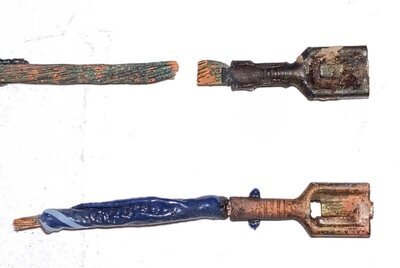
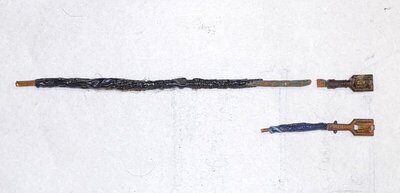
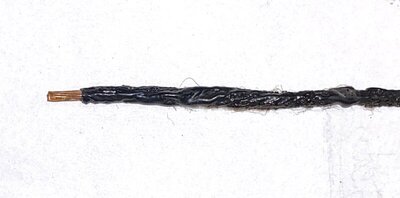
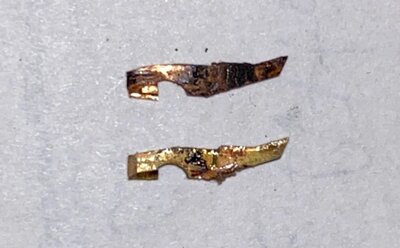
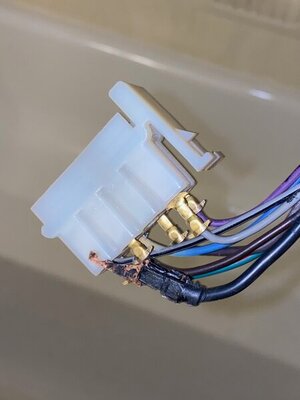

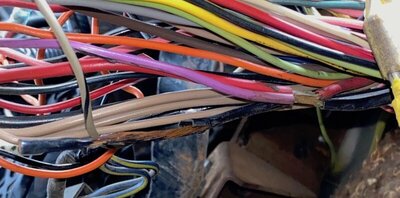
It looks like the 12 gauge female Packard 56 connector part, where the wire is crimped on, is larger in diameter than the same connector that is attached to the 16 gauge wire. Are the wire crimp ends of the Packard 56 female connectors different diameters for different wire gauges? I need to figure out what specific connectors I need to replace these two.
I've never installed a relay in my life.. I read about using them for headlights about a month or two ago, but don't know anything about how to actually install them.
The 3 connectors have different amp ratings, for different wire gauges.Yes, PP15/45 series pictured. They are crimped, no genders, same connectors used for each side. three different connector sizes for various wire sizes in that series. Yes, the housings can be interlocked.
Get them from this place, careful there are knock-offs of these out there.
View attachment 996928
